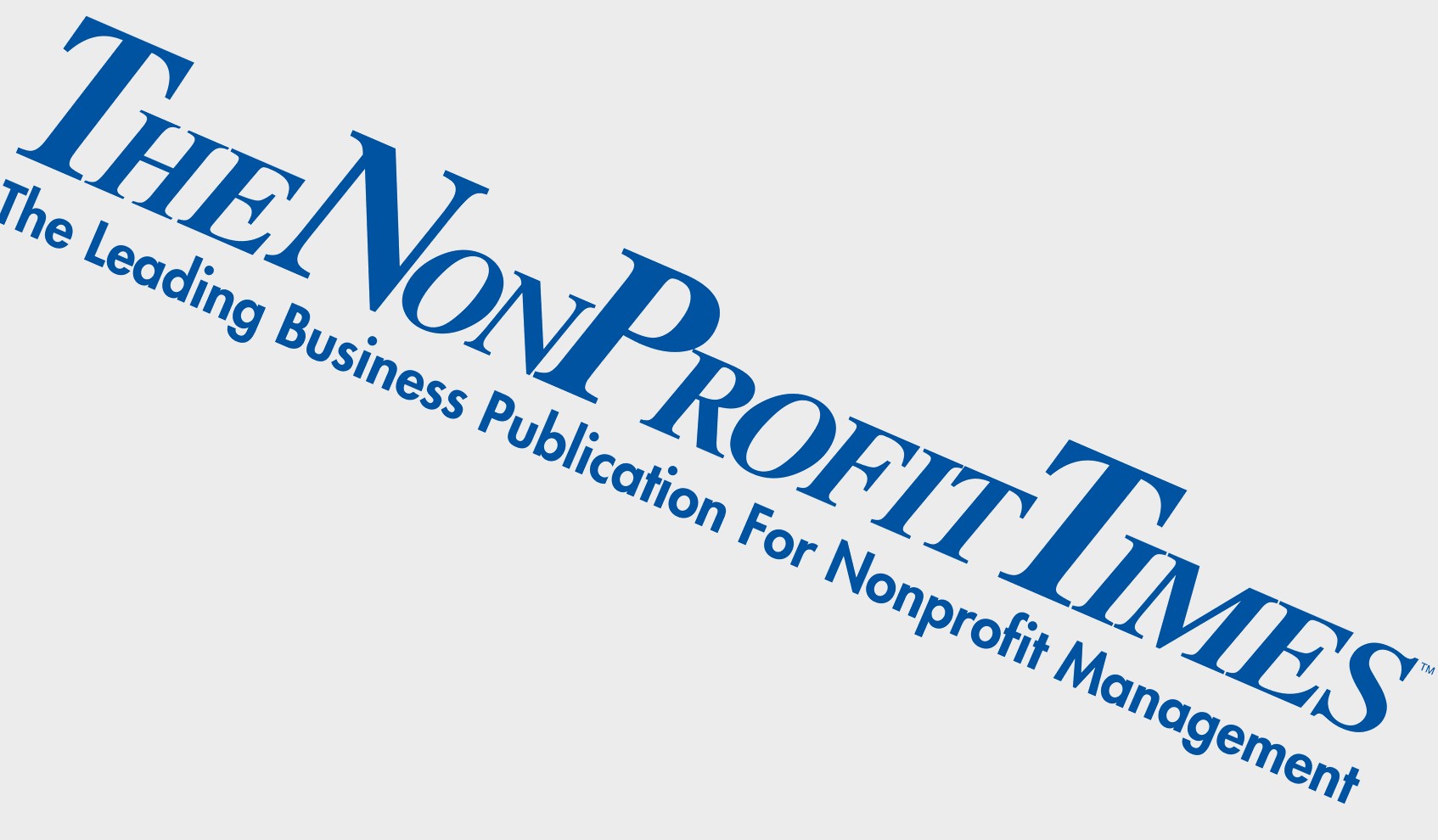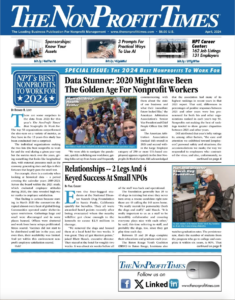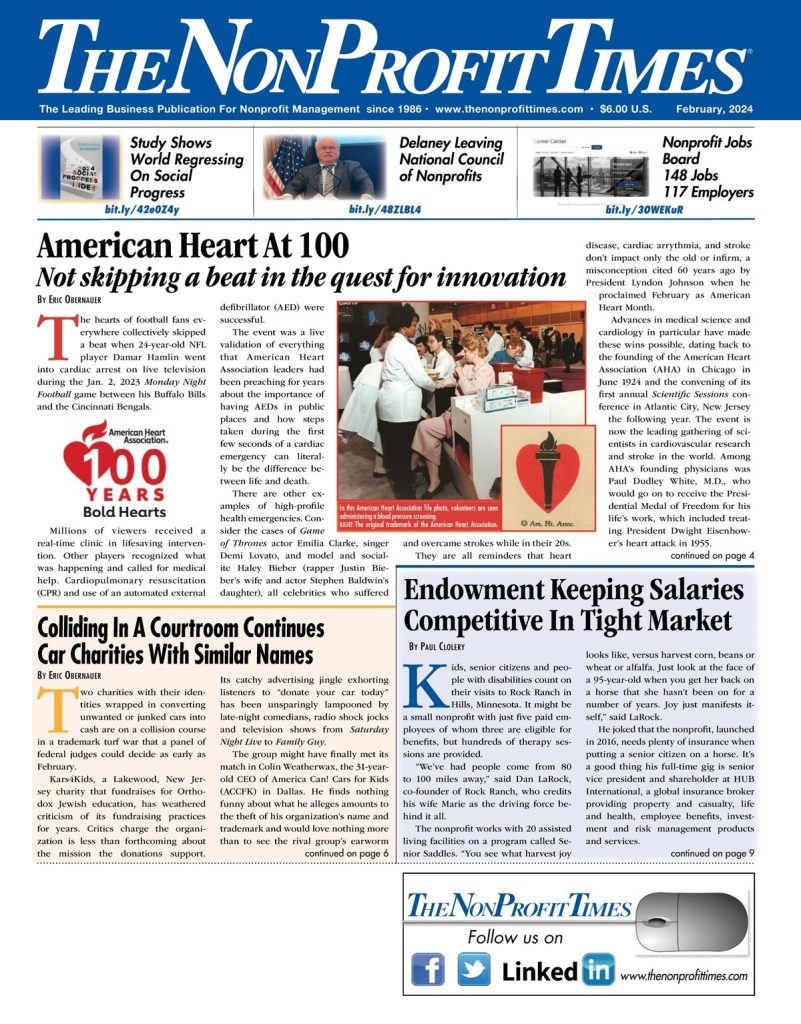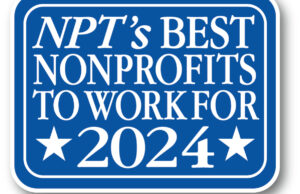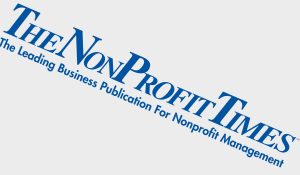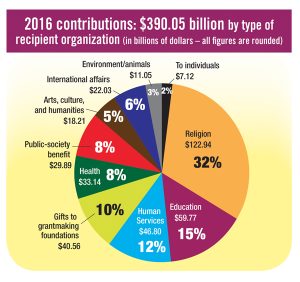“Show me the money!” is a well-known phrase from the 1996 film Jerry Maguire. Many fundraisers feel like shouting this phrase as they sit in their offices and ponder where the funding will come from for their organization’s next big project. Prospect researchers have access only to information available in the public domain. Credit reports are never accessed and, therefore, liabilities against those assets are unknown. As a result, a true picture of net-worth is not easily attainable.
To learn about donor prospects, keep various data needs in mind. Here are the components typically found in individual profiles:
- Assets Including Personal Property: Determine values of a prospect’s primary and secondary residences by accessing real estate sites such as Zillow.com or going directly to the tax assessor’s website for the town or county where the home is located.
- Investments: Corporate insiders must report their trading activity to the Securities and Exchange Commission (SEC). Insiders include the top officers of the company, the board of directors, and individuals or entities holding 10 percent or more of the outstanding stock of that company. Ownership can be found through the company’s proxy statement and other SEC filings. A searchable database is available through www.SEC.gov
- Business Affiliation: Information varies greatly between what information is released by public companies versus private companies. Private companies are under no obligation to report accurate information. However, information is still compiled on these companies. Dun & Bradstreet is a good resource for private company information. A number of libraries provide free access to this database.
- Philanthropic Interests: Many nonprofits now have their annual reports available online. These documents are all searchable and a general web engine search will likely find your prospect’s name embedded in these documents. Sources such as NOZAsearch.com are also available for lists of past donations.
- Nonprofit and Corporate Boards: Knowing where a prospect volunteers will help determine whether they might have an interest in your nonprofit. On the corporate side, serving on a board could mean they hold insider stock, a potential source of donations for your organization. In addition, determining whether this prospect can make an introduction to this company’s corporate giving officer might prove beneficial.
- Yacht/Aircraft Ownership: Yachts documented with the U.S. Coast Guard are searchable by name of yacht. Alternatively, you can search a fee-based website like BoatInfoWorld.com by owner’s name. For plane ownership, the Federal Aviation Administration maintains a searchable database by owner’s name.
- Relevant News Stories: Search local newspapers online and in print to see how the prospect is networked in the community. Many newspapers are now searchable online.
- Family Information: Marital status and children are sometimes more difficult pieces of information to find. Generally, researchers look to biographical resources such as Marquis Who’s Who available through many libraries. Very often a nonprofit’s own board or staff hold the answers to these questions, too.
- Foundation Connections: If your prospect is a trustee for a foundation, try the IRS990-PF filing. Foundation research can also be done with The Foundation Center, Guidestar, and FoundationSearch.com
- Past Giving History: Determining longevity and gift levels will help solicitors factor in their commitment to your cause. Coupling this information with what is gleaned in the prospect research process will help formulate an appropriate cultivation strategy and “ask amount” from this prospect.
Sources of information
There are numerous places to go to find out more about a potential donor or one who you think might be a great target for an upgrade. Knowing where to look in the hiding places is just as important. Here are some ideas.
Public Records. Public records such as property values and insider stock ownership, have become much more accessible.
Social Media. Sites publicly available, such as LinkedIn, can be a goldmine of information. In addition to researching specific individuals, it can also be proactively mined to develop lists of new prospects. To do so, try the Advanced Search page. Visit Nonprofits.LinkedIn.com to get started.
SEC Documents. Focus on Proxy Statements (DEF14A) and Forms 3,4, and 5.
Political Donations. Contributions of $250 or more to political campaigns are filed with the Federal Election Commission (FEC). It is possible to search www.FEC.gov by an individual’s name to see if contributions have been made to political parties. Note that the FEC prohibits using their data to develop a commercial mailing list.
Library Resources. Nonprofits with limited funds for research resources will benefit greatly by using nearby libraries. Many libraries now have public databases available for use offsite simply by using the bar code on the back of a library card.
Internal Sources: Staff, Board & Volunteers. Don’t discount the value of people close to the nonprofit, especially those with a long history with the organization. They can be a great resource concerning important factors like marital status, number of children and ages of children. In addition, they might serve on several nonprofit boards together, enabling you to better determine where their charitable interests lie.
Steps To Consider
Determine the organization’s budget to see how much can potentially be allocated to fee-based resources, thereby greatly speeding up the research process. And, don’t forget to see what online databases are readily available through libraries.
Staffing your nonprofit’s prospect research function can be part-time, full-time, or outsourced to an outside consultant as intermittent need arises. The Association of Professional Researchers for Advancement (APRA) will help them keep current with new resources and trends in prospect research.
If you already have a considerable database and think there might be some great major donor prospects in that database, it might be helpful for you to do a screening. There are a number of vendors who specialize in helping nonprofits find those “millionaires next door” buried in their databases. These vendors have the capability to screen every donor name in your database against a series of databases holding the names of high net-worth individuals, corporate executives, prominent people and the like.
Confidentiality of Donor Records
It is imperative that nonprofits safeguard donor records — those in print and in databases — so that sensitive donor information is only shared with the development staff and fundraising committee as needed. User-friendly fundraising software helps fundraising offices become more efficient by storing important pieces of information regarding donors and prospects, helping to track them through every step of the development cycle.
It is important to use the donor research in a timely manner. Development staff and the development committee can review the profiles to determine:
- What should we ask for?
- Who should be involved in the cultivation process?
- Who should be involved in the solicitation process?
- What is the best timing to ask for a gift?
- Is there a specific program or service we offer that would appeal to this donor’s charitable interests?
- Who will be involved in thanking this donor? How will we thank them?
- Who will steward this donor?
Regular development committee meetings will help ensure that these questions are consistently reviewed and answered so you can grow your fundraising capacity, and ultimately, grow your organization’s ability to expand programs and services. Prospect research is just one component in your overall development cycle and as you research and cultivate your prospects, you will watch your gifts grow.
Maria Semple is founder and chief executive officer of The Prospect Finder LLC., Bridgewater, N.J. Her email is [email protected]

